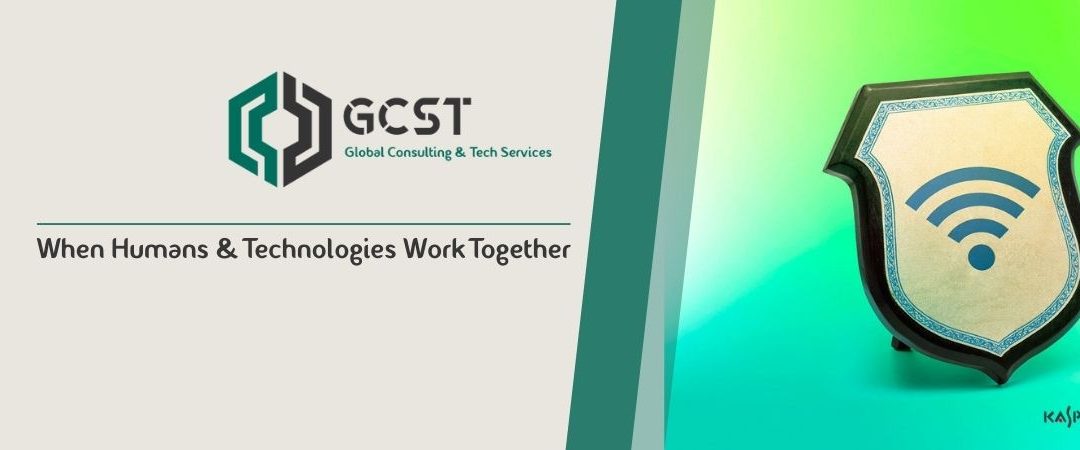Public Wi-Fi is handy, but it’s not always safe. We demystify cybercriminal techniques and teach you how to stay at least one step ahead.
No longer a luxury, free Internet access anytime and anywhere has rapidly become commonplace. We seek out hotspots wherever we spend more than a minute: in the subway, in cafés, in public buildings. But the price of such convenience is the risk of running into cybercriminals. Here’s how to strike the right balance between comfort and security.
What are the risks of public Wi-Fi?
Quite simply, if you connect to public Wi-Fi, you face the very real prospect of data theft. We transfer a lot of valuable information over the Internet, and if cybercriminals get their hands on your payment data, login credentials, documents, private chats, and so forth, they can siphon off your savings and hijack your accounts. With account access they can, for example, impersonate you and distribute spam or extract money from your friends, or find blackmail fodder in your chat history.
If you connect to an insecure network from a work device, your company’s business secrets might also end up in the wrong hands. In some cases, cybercriminals may even stealthily infect your device with malware, which remains there even after disconnecting from the dangerous hotspot. To stay safe on public networks, follow our seven simple rules.
1. Exercise caution with public Wi-Fi
No matter how tempting or urgent a private transaction may be, password-free Wi-Fi networks are not suitable for handling important information. Any data you send or receive over public Wi-Fi may be visible to anyone with access to the same network — that could be any of dozens or hundreds of strangers at the airport, or on the train, for example. Use public Wi-Fi for reading the news, by all means, but don’t log in to any services or you might find your accounts compromised.
That said, even if a network has a password, that doesn’t mean it’s safe. An attacker can connect just as easily as you — such passwords are often printed on café receipts or a sign visible to all, for example.
2. Check hotspot names
Some cybercriminals go further and, instead of connecting to existing public Wi-Fi networks, create and lure victims into their own, which they name something similar. If MyCoffeeShop is the real network, for example, unwary guests might mistakenly join CoffeeShop_Guest or MyC0ffeeShop and thus give the crooks easy access to their data.
Before joining a new public network, take a moment to check the names of available connections. Look for correct word order, letters replaced with similarly shaped numbers, extra underscores, and so forth.
3. Disable automatic connection to Wi-Fi
Modern devices endeavor to simplify life by offering to connect to open or known networks automatically; on many systems this option is enabled by default. Unfortunately, that helps cybercriminals as well, by connecting devices before legitimate users have a chance to exercise caution — and potentially picking up malware or handing passwords straight to data thieves.
To avoid such surprises:
- Turn off Wi-Fi when you’re not using it (that will save battery life, too);
- Disable automatic connection to networks — look for the option in your Wi-Fi settings;
- “Forget” public Wi-Fi networks as soon as you finish using them.
4. Avoid untrusted Wi-Fi for services requiring authentication
Whenever possible, log in to accounts where bank, passport, or other sensitive details are stored only from your secure home or corporate network. If circumstances require you urgently check your balance, use mobile data. Even if you’re abroad and the roaming charges are high, losing information through a rogue access point would cost far more.
5. Install a security solution to protect the communication channel
The surest way to keep your devices secure when using public Wi-Fi is to equip them with reliable protection in advance. Virtual private network (VPN) apps protect your privacy by encrypting data before sending it to the router, keeping it hidden. With this technology installed, even public Wi-Fi is secure.
6. Use security solutions from reputable vendors you can trust with your data
When choosing a secure connection solution, make sure you trust the developers. Choose a reputable company that won’t harvest and sell your data. For example, Kaspersky VPN Secure Connection uses the reliable and secure OpenVPN protocol and does not log user traffic.
7. Configure VPN app to turn on automatically on public networks
You can manually activate a secure connection before opening important applications, but it’s best not to rely on memory alone. Instead, configure your VPN app to turn on secure connection automatically each time you connect to public Wi-Fi. If you use Kaspersky VPN Secure Connection, there’s no need to worry about speed; the bandwidth is sufficient even for video streaming.
And if you work with important information, enable Kaspersky VPN Secure Connection’s Kill Switch feature, which blocks data transfer until the solution establishes a secure connection and removes the risk of interception.
On the road to secure public Wi-Fi
Public Wi-Fi harbors many hidden dangers, but you don’t have to give it up completely. The choice — whether to expand your list of good cybersecurity habits or furnish applications with additional protection — ultimately rests with you. Then again, why choose when you can do both at once?

